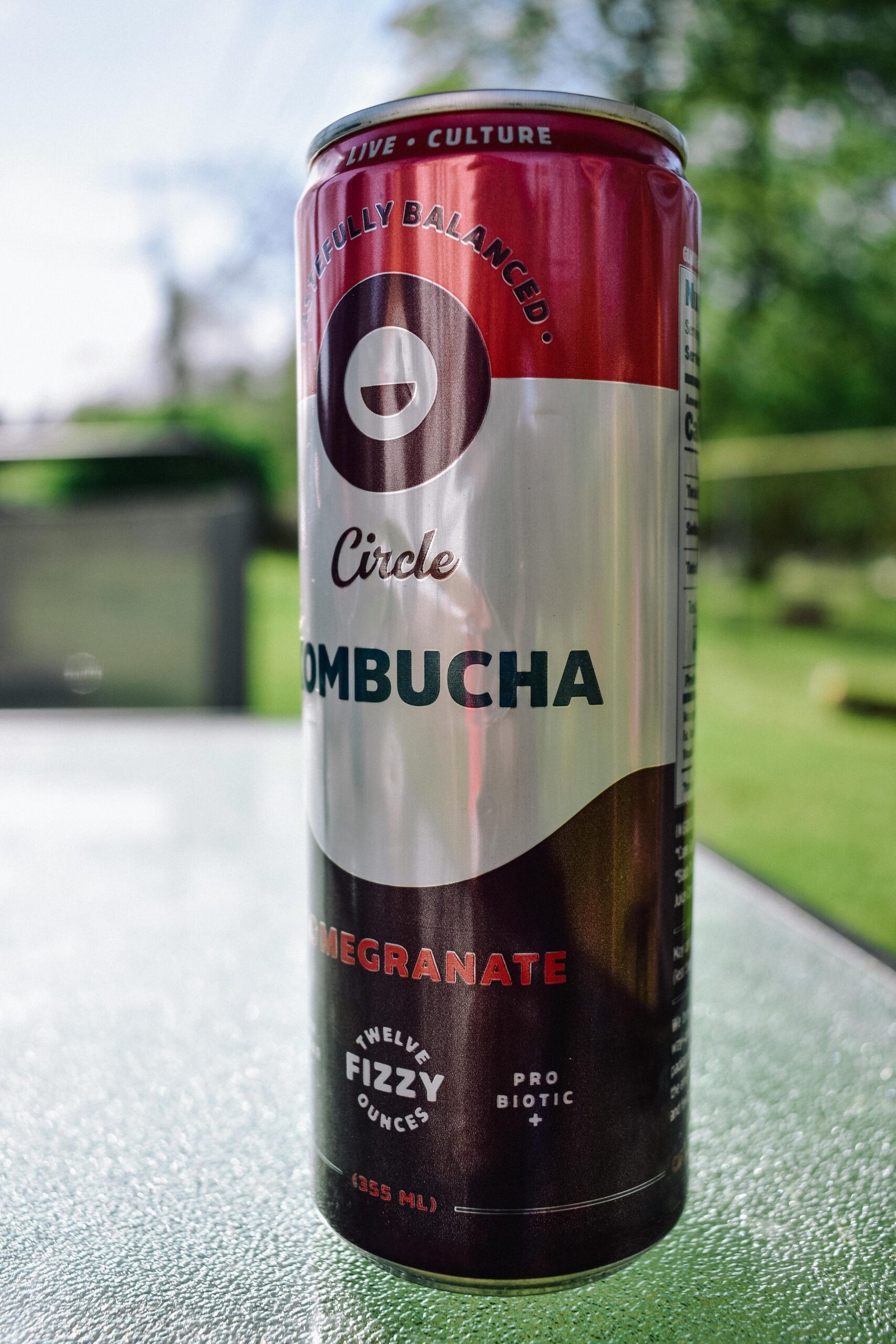Have you ever wondered what sets apart the flavors in fermented beverages that have captivated the taste buds of connoisseurs around the world? As the global palate becomes increasingly adventurous, the trend of using Korean ingredients in these beverages is gaining significant attention. Much like the vibrant world of K-pop and Korean cinema, Korean culinary elements are making a splash on the international stage.

The Rise of Korean Culinary Influence
Korean cuisine has long captured hearts with its bold flavors and health benefits. The surge in international interest is, in part, thanks to globalized media and popular culture. You might have noticed Korean ingredients like gochujang and kimchi popping up in recipes and restaurant menus far from Korea. These ingredients, rooted in traditional fermentation, are now being used in exciting new ways. Naturally, the beverage industry is following suit by incorporating these ingredients into a variety of innovative drinks.
Why Korean Ingredients?
Korea’s geographical diversity has blessed it with a wide array of unique ingredients. These ingredients not only add distinctive flavors but also come packed with health benefits. The traditional Korean diet, rich in fermented foods, contributes to gut health, enhances digestion, and boosts immunity. Fermented beverages take these advantages a step further, offering you both taste and wellness in a sip.
Trends in Fermented Beverages
Kombucha and Kimchi Juice
Kombucha, a fizzy, slightly tangy beverage made from fermented tea, has gained worldwide popularity as a probiotic powerhouse. Recently, there has been a creative twist to the traditional kombucha recipe by introducing Korean ingredients such as kimchi juice into the mix.
What Does This Bring to the Table?
Using kimchi juice in kombucha introduces an extra layer of tanginess and spice. The combination creates a bold beverage that pays homage to Korea’s traditional flavors while maintaining kombucha’s gut-friendly benefits. It’s a perfect bridge for those who love fusion food and aren’t afraid to take their taste buds on a new adventure.
Soju Innovations
Soju is a Korean alcoholic beverage traditionally made from rice, wheat, or barley. It has a clean, neutral flavor, making it perfect for experimentation. Recently, distillers have started adding local fruit and herbal infusions, taking the age-old liquor to new heights.
Fresh Flavors with Traditional Roots
Incorporating fruits like Korean pears, yuzu, and ginger into soju results in an exciting array of fresh, vibrant, and exotic flavors. These innovations appeal to both traditionalists and those newer to Korean beverages. For you, it means access to a unique alcoholic drink that’s both familiar and new.
Sake with Korean Twist
Though sake is a product associated with Japan, the influence of Korean ingredients in sake brewing is a trend you might find intriguing. Brewers are experimenting with traditional sake recipes by adding Korean flavors such as mugwort or maesil (green plum).
A Fusion of Cultures
The fusion of Korean and Japanese drink-making techniques results in nuanced and complex flavors while staying true to its origins. It’s a cross-cultural dialogue where the fine art of fermentation is celebrated and shared, offering you a drink that’s story-rich and layered in taste.
Makgeolli Makeover
Makgeolli is a milky, lightly sparkling rice wine with deep roots in Korean history. Traditionally enjoyed for its creamy texture and sweet taste, modern takes on makgeolli involve adding spices and fruits like goji berries and cinnamon.
An Evolving Classic
This evolution is aimed at capturing a wider audience, making makgeolli more appealing without losing its heritage. With changes like these, makgeolli offers you a chance to experience a time-honored drink through a modern lens.

Health Benefits of Korean Fermented Beverages
Probiotics and Gut Health
A key selling point of fermented beverages is their probiotic content, which is vital for maintaining a healthy gut. Probiotics help balance the good and bad bacteria in your intestines, aid in digestion, and bolster your immune system.
Korean Ingredients Enhance Efficacy
By incorporating specific Korean ingredients known for their health benefits, these beverages don’t just enrich your gut flora but also add an extra boost of nutrition. Ingredients like ginger, known for its anti-inflammatory properties, and ginseng, celebrated for its energy-boosting effects, make these drinks more than just trendy—they’re also inherently beneficial for you.
Antioxidants Galore
Many Korean ingredients are loaded with antioxidants, crucial for combating oxidative stress and free radicals in your body. They contribute to healthier skin, improved brain function, and protection against chronic diseases.
Tea and Fruit Infusions
When these antioxidant-rich ingredients make their way into beverages, you get a delicious and healthful concoction. Tea infusions with Korean ginseng or drinks utilizing yuzu are examples of how this trend caters to health-conscious drinkers like you, offering more than just a delightful taste.

Sustainability and Ethical Sourcing
The Move Towards Sustainable Practices
Environmental sustainability is a significant concern in today’s world. How a beverage is produced—from the ingredients used to the waste it generates—affects its overall footprint.
Utilizing Local Korean Ingredients
The trend of using local, organically grown Korean ingredients not only reduces the carbon footprint but also supports local farmers. For you, consuming these beverages means making a conscious choice toward sustainability without sacrificing flavor or quality.
Ethical Production and Community Support
Craft beverage makers and small-batch brewers are forming cooperatives with Korean farmers, ensuring fair trade practices are upheld. This approach helps local communities thrive while offering you ethically produced beverages that you can feel good about drinking.

Challenges and Considerations
Navigating Cultural Appropriation
While the popularity of Korean ingredients in international markets is a positive development, it comes with responsibilities. It’s crucial to remain respectful of these ingredients’ cultural origins.
Tips for Honoring Origins
For you as a consumer, being mindful of brands and makers that honor the cultural intricacies of Korean ingredients ensures these trends sustain and respect their roots.
The Complexity of Flavors
Korean ingredients can be intense, and balancing them in fermented beverages requires a nuanced approach. The complexity adds value but also imposes challenges for manufacturers.
What This Means for Your Experience
You might find some beverages unfamiliar or unexpectedly bold at first sip, but approaching them with an open mind could lead to delightful discoveries.

The Future of Korean-Inspired Fermented Drinks
Innovating While Preserving
Innovation is essential, but so is preserving traditional methods and recipes. By combining old wisdom with new ideas, the future of Korean-inspired fermented beverages looks promising and filled with possibilities.
How You Can Be Part of It
Be open to experimenting with different brands and flavors, and consider exploring home fermentation using your favorite Korean ingredients. Your curiosity can be a driving force in sustaining this exciting trend.
A Global Conversation
Ultimately, the trends in using Korean ingredients in fermented beverages represent a global dialogue where cultures meet and learn from each other. These drinks do more than quench your thirst; they connect you to a broader narrative of shared culinary exploration.
Understanding these vibrant trends allows you not only to enjoy these beverages for their taste but also to appreciate the journey they represent—from traditional Korean kitchens to your table. So next time you take a sip, let the flavors transport you and tell you their story.
